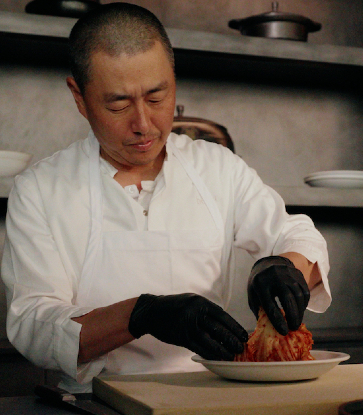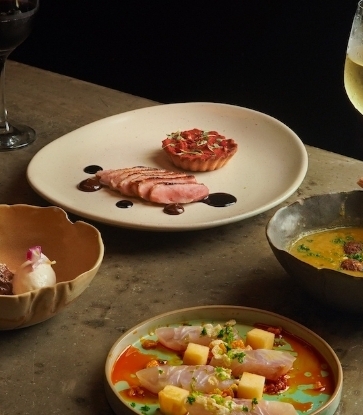Here’s a guide to each expression.
Aglianico
Top regions for Rosé: Basilicata and Campania
Aglianico is grown in the south of Italy, coming from the appellations of Basilicata and Campania. Wine reviewer Monica Larner states: "These Rosatos tend to be brighter in colour and firmer in structure. The Aglianico grape has very high natural tannins and those come through even when the wine sees extremely brief skin contact. I pair them with white meat or baked fish in a heavier cream sauce. You need that extra power to cut though those foods."
Top Region for Rosé: Abruzzo
Hailing most famously from the Abruzzo DOC on Italy’s eastern edge, the Montepulciano grape variety offers a distinct style of Rosé. This Rosé category is extremely interesting as Abruzzo is one of the first Italian regions to be so closely identified with pink-coloured wines. The Rosés made from this grape varietal are slightly heavier, bolder and darker in colour compared to other Italian regions associated with Rosé.

Top Region for Rosé: Puglia
Like Aglianico, Negroamaro is another grape variety that calls southeastern Italy its home. And in the sunshine-filled appellation of Puglia, the best-buy selections include crisp and acidic whites, floral Rosés, luminous sparklers and creamy dessert wines.
Nerello Mascalese
Top Region for Rosé: Etna
Coming from Sicily, Nerello Mascalese is indigenous to the island and grows particularly well in the Etna DOC. To be sure, the Etna terroir is perfect for producing refreshing Rosé, making it a premium region for the style. Etna Rosés are slightly sweet and tart, but what distinguishes them are the mineral, almost salty flavours that come from the blackened volcanic soils.
SEE ALSO: Orange Wine: Not Just A Trendy Brunch Tipple

Top Region for Rosé: Tuscany
The Rosés here are made from the celebrated Sangiovese grape more known for the red table wines that sit as a housepour in many Italian restaurants. Though the best grapes are usually reserved for top-shelf red wines, they are also well-suited to making Rosé as they are grown across the large region of Tuscany from the Coastal areas to the higher-altitude vineyards in the Italian Apennine Mountains.





















